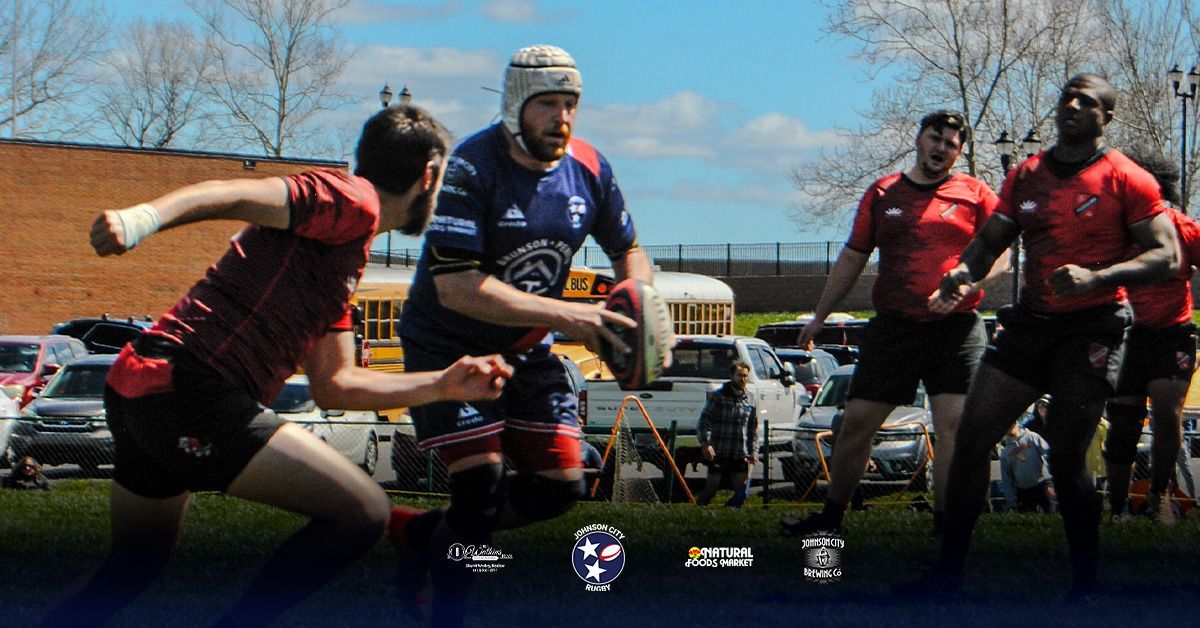Blog Post
Principles of the Game: Conduct
Adam Jasenak • August 13, 2024
Balancing Physicality and Fair Play: Understanding the Unique Spirit of Rugby

Rugby's origin story centers around William Webb Ellis at Rugby School in 1823. The tale goes that Ellis picked up a football and ran with it during a match, essentially inventing the game on the spot. Historians have debated the accuracy of this account, but its persistence highlights the essence of rugby. The sport's foundation in an act of spirited defiance seems fitting, given its nature.
Rugby seems contradictory to the casual observer. The game's conduct and rules might be puzzling. How can a sport allow intense physical confrontations yet prohibit malicious intent to injure? This paradox lies at the heart of rugby's appeal and challenge.
Understanding rugby requires recognizing the line between acceptable physical play and unacceptable conduct. Players and referees must operate within defined boundaries. It is expected for players to exert physical pressure on opponents for ball possession, but not to cause injury.
This forms the foundation of rugby's code of conduct, requiring control and discipline from players. The ability to make split-second decisions about physical contact, while respecting opponents and the game's spirit, sets rugby apart from other contact sports.
Referees maintain balance by discerning between hard, fair play and foul play in intense physical confrontations. This requires knowledge of the laws, understanding the game's spirit, and reading players' intentions.
Rugby's laws and conduct create a unique sporting environment, challenging players to be physically tough and competitive while demanding self-control and respect for opponents. This combination of physicality and fair play, competition and respect, makes rugby distinctive.
Understanding these principles is essential for anyone looking to appreciate the depth and complexity of rugby. It's this underlying code of conduct that defines the sport and sets it apart from other team games, while the specific laws are important.
Share
Tweet
Share
Mail

By Adam Jasenak
•
January 30, 2025
This summer, Johnson City Rugby is hosting Wagon Wheel 10’s, a fast-paced 10-a-side tournament featuring men’s and women’s brackets. Teams from across the region will take the field, bringing strong competition and high-energy play. The tournament will take place at: Woodland Elementary 2303 Indian Ridge Rd, Johnson City, TN 37604 Registration is open, and teams are locking in their spots.

By Adam Jasenak
•
January 30, 2025
As Johnson City Rugby gears up for another promising year, two pillars of leadership, Andy Slagle and Adam Jasenak, continue to shape the team’s future with their unwavering commitment and vision. Their passion and dedication are the driving forces behind the success and growth of the club, both on and off the field.

By Adam Jasenak
•
January 30, 2025
This summer, Johnson City Rugby is hosting Wagon Wheel 10’s, a fast-paced 10-a-side tournament featuring men’s and women’s brackets. Teams from across the region will take the field, bringing strong competition and high-energy play. The tournament will take place at: Woodland Elementary 2303 Indian Ridge Rd, Johnson City, TN 37604 Registration is open, and teams are locking in their spots.

By Adam Jasenak
•
January 30, 2025
As Johnson City Rugby gears up for another promising year, two pillars of leadership, Andy Slagle and Adam Jasenak, continue to shape the team’s future with their unwavering commitment and vision. Their passion and dedication are the driving forces behind the success and growth of the club, both on and off the field.

Newsletter Signup
Contact Us
Thank you for contacting us.
We will get back to you as soon as possible.
We will get back to you as soon as possible.
Oops, there was an error sending your message.
Please try again later.
Please try again later.
Powered by:








